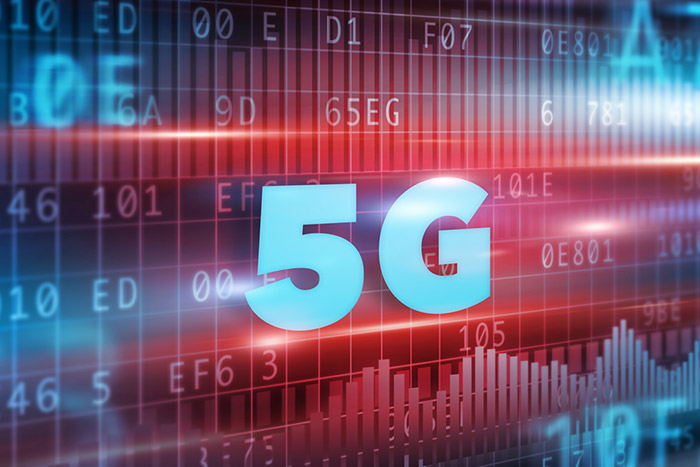Expanding internationally and entering new markets can be unsuccessful if not planned properly. One of the most important parts of global expansion is preparing to communicate overseas and across borders. To communicate better across borders, your business must invest in global expansion tools. What are some useful communication tools for international businesses?
Global Expansion Tools: Communication Better
The following 7 global expansion tools for international communication can help you maintain good communication with your employees as well as future clientele when you expand internationally.
1. International Business Numbers
First and foremost, consider using international toll free numbers. These are essentially toll free numbers for international countries. Depending on where you want to expand, you can get international toll free numbers for that area. For example, if your US business wants to extend sales to Asia, you can get India or Singapore toll free numbers, and so on. Calls made to these numbers can be forwarded internationally to a number or device of your choice, including your US office.
Individuals calling from these countries will think of your number like any other local number and your business as locally accessible. This allows you to enter new markets and encourage customers to call your business number for free. And since you use a global inbound service, you won’t be paying high international calling rates. Instead, you pay according to your subscription plan.
2. Local Phone Numbers
Virtual local phone numbers are numbers with local area codes. These are useful when you are targeting specific states, cities, or regions in different countries. For instance, you can get a Dubai local number or a Sydney local number. Locals calling a local number are charged regular rates, even if the call is forwarded internationally to your business in the US.
Both ITFS and local phone numbers give your international clientele and business contacts convenient and inexpensive ways to connect with your business, irrespective of its location.
3. Outbound Calling
One of the most popular global expansion tools is an outbound calling service. Outbound calling is a telecom service that supports your outgoing and cold-calling efforts. An outbound calling strategy will help you contact local and international customers through any device or number. You can even display a local or domestic toll free number as your outgoing caller ID to present your business as local. Global Call Forwarding’s outbound calling service comes with a web dialer that is easy to install and use. You can save contacts, update caller history, and more with our dialer.
4. Live Chat and 24/7 Customer Support
Offering live chat on your website with either agents or chatbots can assist web visitors who want to learn about your products and services or need troubleshooting help. You may choose to hire remote agents located in the areas falling under your global expansion strategy. These agents can provide around-the-clock customer support via chat and phone conversations. They will also be able to offer services in regional and local languages and time zones.
With live chat and 24/7 customer support, you can increase customers’ reliability on your service and company.
5. Text Messaging Services
You may also consider getting an SMS plan along with your business number. Doing so will give interested prospects another easy method of contact. While most customers prefer to interact via phone calls, some customers prefer email or text messaging. You can appeal to this target group by making the option available.
6. Ticketing and Problem Tracking Software
Additionally, having a reliable ticket or case tracking system will prove useful when customers need quick support. Consider investing in an online help desk that allows customers to submit a ticket and track the ticket’s progress. Furthermore, train employees to quickly resolve tickets as they come up. This can help increase customer satisfaction and trust in the company.
7. Social Intranet
A social intranet refers to a private hub or network that only certain members of an organization have access to. A social intranet for your business can enable internal communication and collaboration. You can develop your office’s intranet by using a content or project management system. Furthermore, an intranet is a recommended solution for companies executing a Bring Your Own Device or “BYOD” policy.
Prepare Well with Global Expansion Tools
To successfully enter your business in the global market, one must be prepared in many ways. And global or virtual communication becomes an important aspect. To learn more about how Global Call Forwarding can help you build a strong communication system, speak with our global specialists today!












